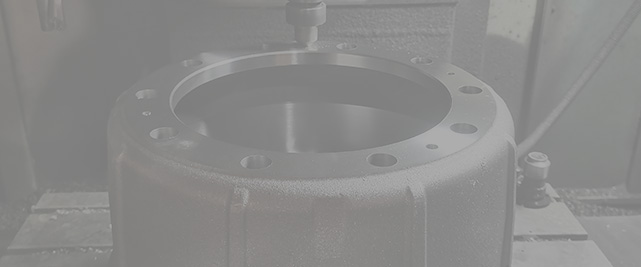Hul . 28, 2024 23:31 Back to list
Understanding the Functionality and Applications of Brake Drum Couplings in Modern Vehicles
Understanding Brake Drum Couplings An Overview
Brake drum couplings play a critical role in the functioning of various machinery and automotive applications. These components are essential for transmitting torque and ensuring proper functionality in systems where stopping power and reliability are paramount. Understanding the structure, operation, and applications of brake drum couplings can provide deeper insights into their significance within mechanical systems.
What is a Brake Drum Coupling?
A brake drum coupling is a mechanical device designed to connect two shafts and transfer torque between them while allowing for some degree of misalignment. This type of coupling is particularly important in systems that require reliable braking, as it combines the functions of torque transmission and braking in one unit. Typically, these couplings consist of a brake drum—where the braking action occurs—and connecting elements that securely link the two shafts.
How Do Brake Drum Couplings Work?
The operation of brake drum couplings is based on the principles of friction
. When a force is applied to the brake mechanism, the friction material presses against the brake drum, generating a stopping force that slows down or stops the rotation of the connected shafts. The design of brake drum couplings allows them to handle significant torque levels, making them suitable for heavy-duty applications. Additionally, they account for slight misalignments between the shafts, which can arise due to manufacturing tolerances, thermal expansions, or operational stresses.Applications of Brake Drum Couplings
brake drum coupling

Brake drum couplings are commonly found in various applications across industries. One prominent use is in automotive brake systems, where they are integral to ensuring safety and control. In commercial vehicles, machinery, and even railway systems, these couplings provide the necessary stopping power to manage the forces generated during operation.
In industrial applications, brake drum couplings are used in conveyors, hoists, and other heavy machinery, where precise torque control and reliable braking are essential. They help prevent accidents by ensuring that machinery can be stopped quickly in emergencies.
Advantages of Brake Drum Couplings
One of the key advantages of brake drum couplings is their ability to function effectively under high stress and load conditions. They provide smoother operation and better durability compared to other coupling types. Their design allows for easy maintenance and replacement, minimizing downtime in critical applications.
Moreover, these couplings can be customized for various sizes and torque requirements, making them versatile components suitable for a wide range of engineering solutions. The ability to accommodate slight misalignments further enhances their utility in real-world applications where perfect alignment is often challenging.
Conclusion
In summary, brake drum couplings are vital components in numerous mechanical systems, particularly those that require reliable braking and torque transmission. Their unique design and operational principles make them well-suited for heavy-duty applications across various industries. Understanding their functionality and advantages can aid engineers and technicians in selecting the right coupling for their specific needs, ultimately enhancing safety and efficiency in mechanical operations. Whether in vehicles, industrial machines, or other equipment, brake drum couplings remain an indispensable part of modern engineering.
-
IVEKO High-Performance Brake Drums Durable & Precision-Engineered
NewsMay.17,2025
-
Brake Drum Man High-Quality Drum Brake & Shoe Solutions
NewsMay.17,2025
-
Brake Drum Man Premium Drum Brake & Shoe Solutions OEM-Compliant
NewsMay.16,2025
-
Brake Drum Man High-Quality Drum Brake & Shoe Kits for Vehicles
NewsMay.16,2025
-
Brake Drum Man High-Quality Drum Brake Parts & Expert Solutions
NewsMay.16,2025
-
Brake Drum Man High-Quality Drum Brake & Shoe Solutions
NewsMay.15,2025
